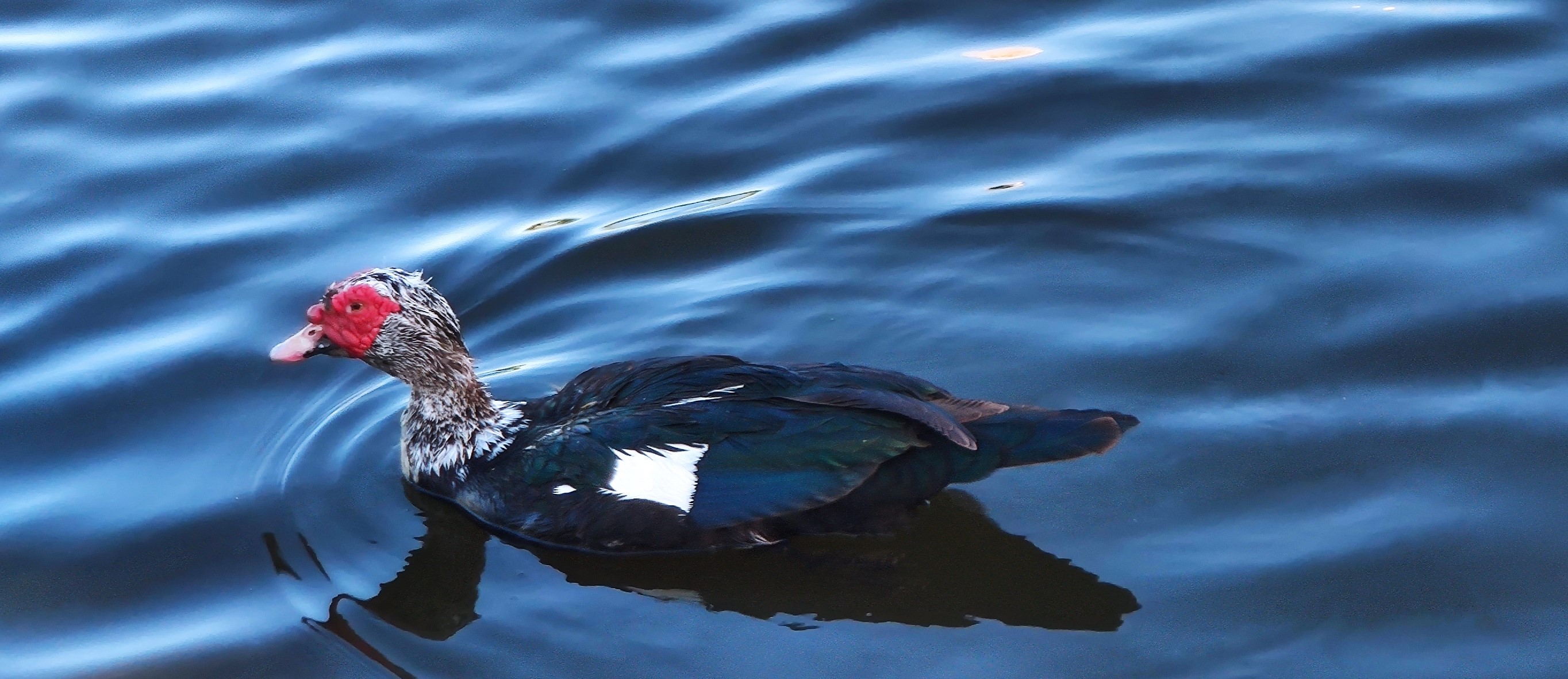The Importance Pilots Place on Their Core

The popularity of core fitness has surpassed the realm of exercise science. It's as much a fashion statement as it is considered a health advantage. Today I look beyond both.
If core training interests you, then you might have run across psychosomatic responses due to core muscle function.
Personal Inspiration
I was inspired to write about this topic upon finding an article where a neurologist discusses why he “started blasting his core”. This was not the first time I was introduced to this topic. It is something that I came across back in the 90s. How posture impacts meditation is something I am already familiar with.
How our core impacts movement and our state of mind is something I can easily write a book on. So please forgive me if I delve too far one way or another as I generalize a principle. These are concepts that popular media tends to leave out. But you can be sure that the best trainers have achieved deep understanding.
So what is with the pilot? Look to our agitated bird friends.
Good aviation writers will remind young pilots of the importance of the rudder (tail) as a flight control. Some have likened this function as the reason why the job of a pilot is considered as much a craft as being a chef, barber (hairdresser), surgeon, sculpture, bladesmith, or yachting.
Without a tail, birds and aircraft would almost need a separate rule of physics. For comparison sake, let's consider how much of a role that the tail of two-legged dinosaurs played in their movement. It is a matter of counterbalance. You can feel this for yourself while performing a deadlift or rising from a chair.
1. Awareness Exercise
Try placing a balloon or something on a chair and, without popping, slightly resting your bottom on it. After a couple of tries, your brain should have clearly recognized how the hips will counterbalance the weight of the head. A key factor is the extension of the hamstring. Note that many people have tight hamstrings.
Power from Hip Torque
Now if you have read about core training, then it’s likely that you have come across how the hip flexors can come into play (or even obstruct) the targeting of the abdominal muscles. If you practice Yoga, Pilates, or other modern approaches then you may be familiar with setting your hips prior to performing a crunch.
If you're finding this complicated, I hope you find solace in the saying that “all movement occurs from (with) the core”. It’s a study that one can continually seek to refine throughout life. This is why, when that neuroscientist (in the article I mentioned earlier) discussed the role of the core in managing stress, I thought it my duty to share some thoughts.
2. An Unfinished Movement
I already presented you with a movement that could be re-explored time and again. Though, one of my motivations growing up as a young teen was to combat the workaholism I saw in others sitting in Manhattan traffic during the Cold War. So, I’ll add something that a warrior can meditate on anywhere life may lead.
Try the smallest adjustment to your core that can be felt over your feet. Notice two points: how your shoulders (or rib-cage might) move, as well as your hips/upper legs- BEFORE you get an ever so slight feeling in your toes.
There's seemingly endless power to be discovered- a power upon which one stands whose action can be compared to a ripple.
Your opinion is celebrated and welcomed, not banned or censored!

